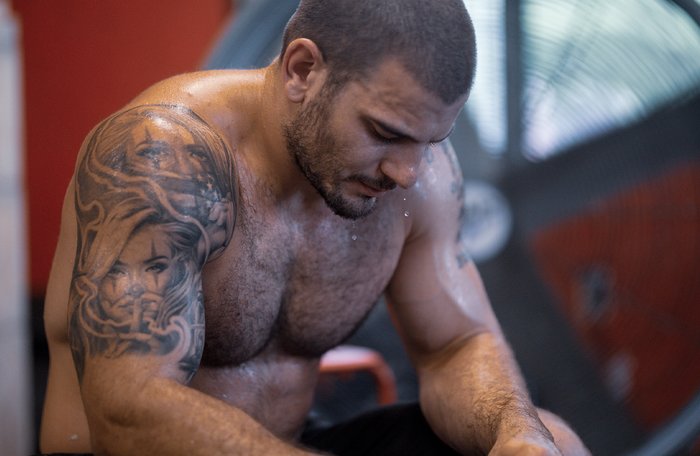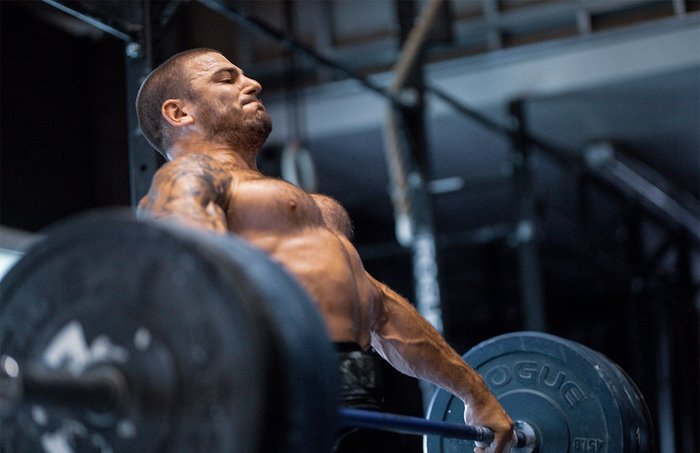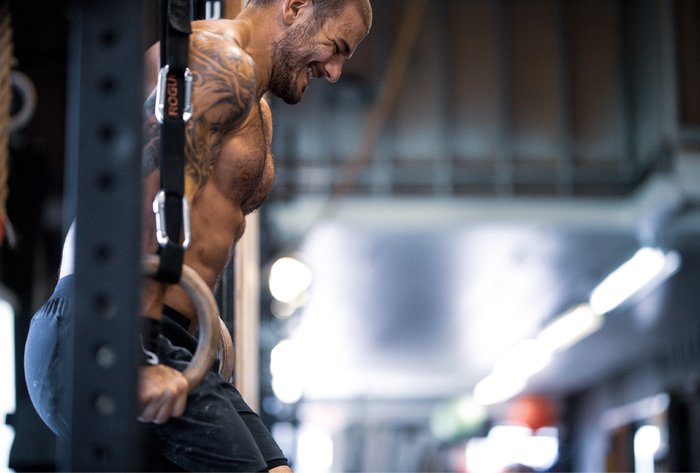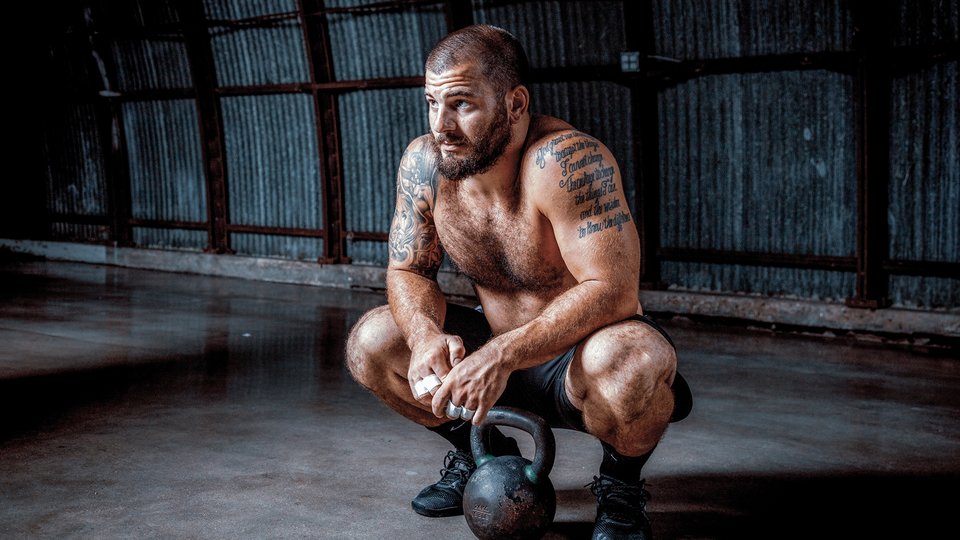Products You May Like
If you haven’t noticed, there are no “secrets” to training, per se. There’s knowledge on training, nutrition, and recovery—and continuing to build upon that knowledge—but most often, little things keep us from achieving our desired results in the gym. Sometimes we don’t even notice these small mistakes in areas such as rest, movement, and programming.
Believe it or not, Mat Fraser, four-time “Fittest Man on Earth” and XTEND-sponsored athlete, has already made some of the same mistakes you’re probably making now. Whether you’re pursuing CrossFit or some other path to fitness, Fraser is here to steer you in the right direction toward staying healthy, performing optimally, and lengthening your lifespan in fitness.
It’s up to you to take control of the variables that could be holding you back. Here are Fraser’s five training mistakes to avoid:
Mistake 1: Not Getting Enough Sleep
Fraser says the biggest thing he would go back and change or tell himself in terms of recovery is to GO TO BED.
“During high school and the early years of college, I thought everyone woke up tired,” says Fraser. “I thought being groggy for the first waking hour or two and then pounding down enough caffeine to fully open your eyes was normal. But now I realize how foolish that approach is and how important solid sleep is.”
Fraser also points out that just one good night of sleep on occasion won’t do much for you. Like all things in fitness, you need to be consistent.
“All the changes I’ve made in my career added up over time,” he says. “They compound over the entire year. So, after getting a good night’s sleep, your training the next day might be 1 percent better. One percent over one day isn’t going to do anything. But if you continue improving by 1 percent every single day for an entire year, that’s when you start to see the results take place in your performance.”
Mistake 2: Being Impatient with Progress
“The biggest mistake I see with people who are new to CrossFit is trying to advance too quickly,” says Fraser. “Just because you can do a muscle-up doesn’t mean you should. Get the fundamentals down pat before you start adding in more complex movements.”

Fraser sees CrossFitters who can barely perform one strict pull-up get up and swing on the rings, attempting to get their first muscle-up. He sees the same thing with Olympic lifters. Many new athletes are under the impression that advanced barbell complexes are the answer to improvement. Fraser answers that with a big “nope.”
You have to know when to pull back on the reigns. Says Fraser: “What you probably don’t see is that pro Olympic lifter or CrossFit athlete spending a month’s worth of workouts with a PVC pipe in their hands, a month doing nothing but a plain snatch and clean and jerk, solely focusing on technique. Get the fundamentals down before trying to make progressions.”
Mistake 3: Training Volume That Doesn’t Fit Your Needs
The correlation between performance and recovery is a popular topic these days, and Fraser suggests you look not only at what you’re doing outside of the gym, but also at your actual training for improvements in this area.
“A big thing that led to better recovery and performance was working on the things I needed to work on,” says Fraser. “Doing things exactly the way the top guys in your sport are doing them doesn’t mean you will see the same results. Odds are they’re doing the things they’re doing because that’s what they need to work on.”

Fraser suggests you analyze what your own deficits are. Ask yourself how you can get better at them. Then, figure out the volume of work that fits best for you—not someone else. This is where better recovery comes in.
“My recovery improved when I realized volume isn’t king for me,” he says. “It doesn’t really do anything for my performance. I tried to train at the same volume as some of the other guys, and it didn’t produce the results I was looking for. Now, I train smarter, which for me means lower volume. That helps keep my body feeling its best.”
Mistake 4: Avoiding Proper Movement and Muscle Activation
“Another thing that helps performance and even recovery is making sure my body is firing properly and the right muscles are activated when I need them to be,” Fraser says.
He points out that shoulder, hip, and knee pain can easily throw this out of whack. When the stabilizer muscles aren’t working properly, other muscles begin taking over.
“Your muscles get pulled in funny directions, and over time, or sometimes immediately, it causes injury,” he says. “I make sure my movement patterns are correct and keep mobility on point so that I am not putting my body into a vulnerable position.”
When you keep the engine running properly by doing regular mobility work and stretching, eating whole foods, and taking your recovery supplements, you lessen the likelihood of getting hurt and make it easier for your body to recover between workouts. Spend time on the little things!
Mistake 5: Not Warming Up Properly for Each Day’s Training
You simply cannot be a serious athlete, or even a regular gym-goer pushing heavy weights, and think you can get away with skipping warm-ups.
“Take something like a workout with a heavy dose of ring muscle-ups,” says Fraser. “I used to jump up on the rings and do a couple muscle-ups when my heart rate was low to get certain body parts warmed up and ready for the workout,” he explains. “But now, I take a step back and ask myself what muscles I’m going to use, and which joints are going to take a pounding. Then I’ll base my warm-up on exercises that will get those muscles and joints ready and mimic the movements I’m about to do. This way, when I start to get fatigued, my body naturally defaults to those same patterns.”

Fraser says he used to think of warm-ups as wasting 15 minutes of his time. Now, he knows that if he wants the workout to go well—and feel good enough to do another one after—warming up properly is not something you just wing or skip completely.
“Doing everything in my power to prevent injury and just make sure I feel good before training is super important, but it also makes a huge difference in how I feel going into the next workout,” he says.
